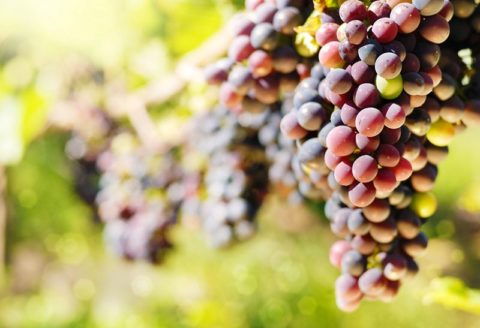1923: ALBERT GUIMBERTEAU-GEORGES (1894-1960) purchased a property in Baudron composed of 4ha of vines, an ox and a horse to do the farm work. His property is located right next to that of his stepfather, FREDERIC BEYCHADE , which already owns 4ha of vines and farm buildings. It will transmit its heritage to her daughter Adrienne and son Albert George to enlarge their property which hosts a total of 4 natural water sources. Albert George developed cattle (beef cows) in addition to growing grapes and making wine.
1936: NELSON GUIMBERTEAU (born 1921) began working on the farm after his certificate of study. The property consisted of 8 hectares of vineyards, a herd of cows, farmland for fever, exploited for firewood forests. During World War II, between 1944 and 1945, Nelson was called up five months in France at the submarine base in Bordeaux, then was sent to Germany for 7 months under the Compulsory Work Service.
1949: Nelson married LAURE BERTEAU (born 1924) who is also a farmer’s daughter (1 ha of vineyards, 1ha of cereals, some dairy cows). It will have two son, Jean-Marie and Michael.
1952: Birth of MICHEL GUIMBERTEAU. After the certificate of study, Michel began working on the farm which then 9 hectares of vineyards, cattle ranching and logging.But Michael is passionate about wine as other farm activities that will stop gradually. He married in 1976 BERNADETTE Milhard (also born in 1952), daughter of winemakers Petit Palais. They have three children: Vincent (born 1978), SOPHIE (born 1984) and ALICE (born 1996). Together they will triple the size of the vineyard which achieved total 27ha AOC Montagne-Saint-Emilion and 8 hectares of AOC Bordeaux.
1999: VINCENT GUIMBERTEAU joined the family farm. 2005: Certification of the Estate in Farming : production method that consists in reasoning and thus to limit the use of chemicals for treatment.
2010: Conversion to organic farming production method that meets the living and the natural cycles of the plant but also the organic activity in the soil and biodiversity. To achieve these objectives, the farmer must meet specifications and regulations that exclude particular chemical synthetic fertilizers and synthetic pesticides use, and genetically modified organisms (GMOs).
2010: Arrival of SOPHIE GUIMBERTEAU and his companion CHARLES FORAY (born in 1984, native of Savoy) after spending five years together in Alsace in the world of wine. Sophie was in charge of marketing and communications at the Cave Cooperative and Old Armand Charles was head of culture at Domaine Marcel Deiss (wide area biodynamic Alsatian). They resume their respective roles Château Franc-Baudron but with more responsibilities!
GENERAL INFORMATION
| COUNTRY | FRANCE |
| REGION | BORDEAUX |
| APPELLATION(S) | SAINT EMILION |
| PRODUCER | CHATEAU FRANC-BAUDRON |
| FOUNDED | 1923 |
| ANNUAL PRODUCTION | 2,300 CASES |
| FARMING | ORGANIC |
| WEBSITE | CLICK HERE |
| DOWNLOADS | INFO SHEET |

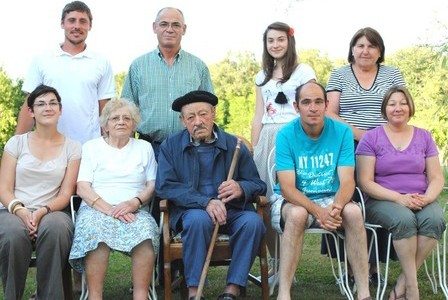
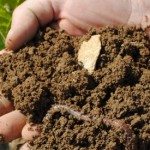
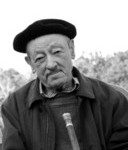
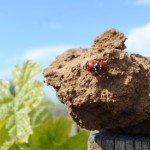
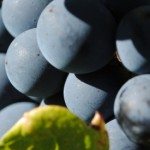
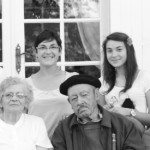

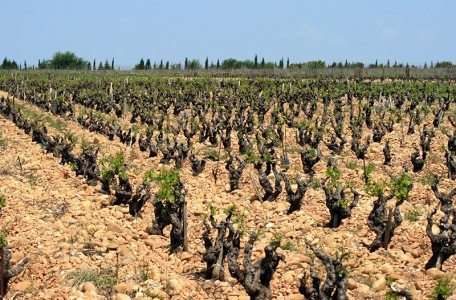
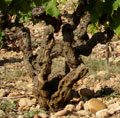
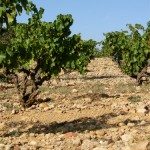

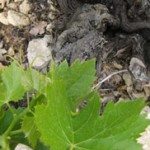
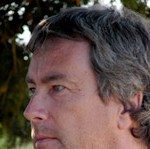

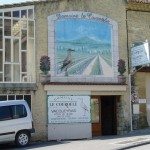
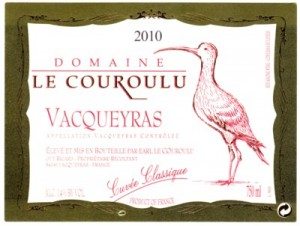
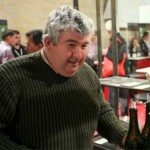
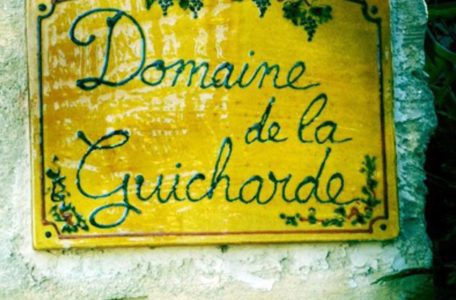
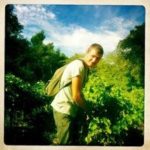
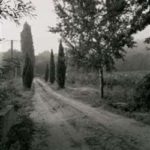
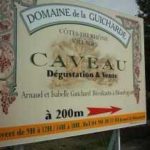
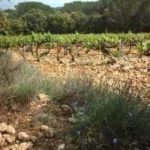
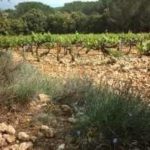
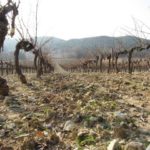
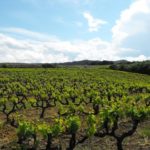
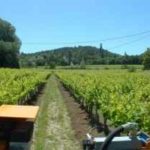
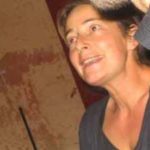

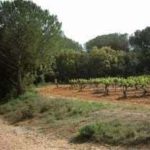
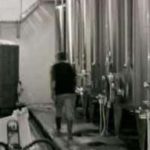
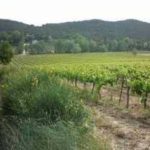
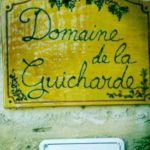
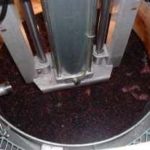
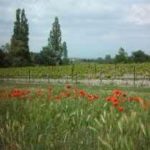

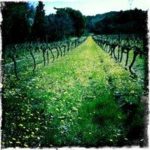
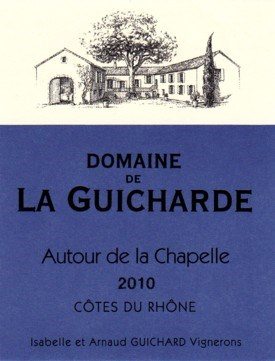
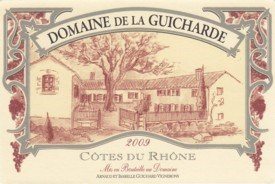
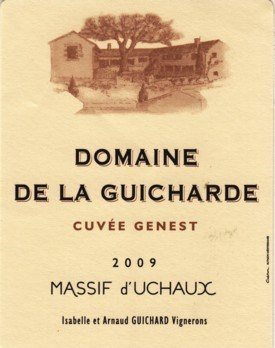
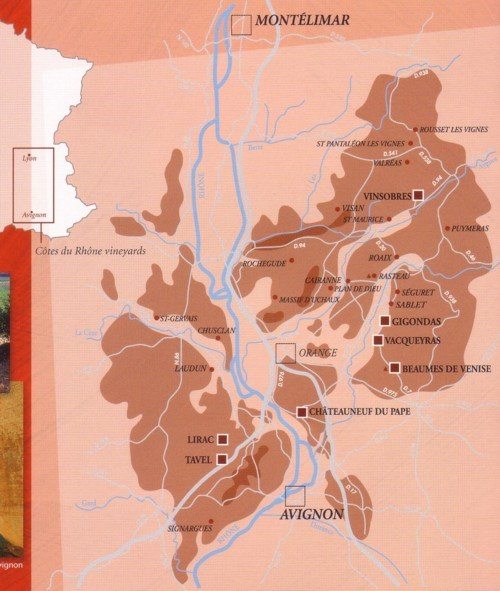
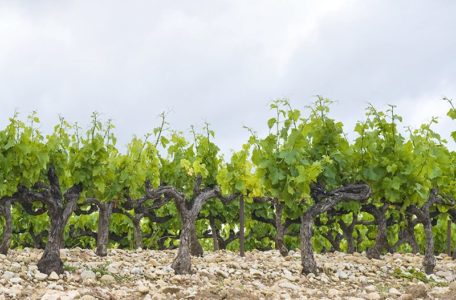
 In the late 19th century, Maurice Deydier, a cooper by trade, founded a small Domaine in Châteauneuf du Pape. In the 1950s, his son Jean transformed the estate he had inherited from this father into the core of today’s Domaine Jean Deydier Les Clefs d’Or. Jean planted new vineyards and acquired others, bringing his holding to the size of 15 hectares. In 1957, Jean was awarded the medal of the Chevalier du Merite Agricole for “the loving, artisanal style of production that he brought to the development of his property, and the constant efforts he deployed to make it better.” Jean Deydier and his son Pierre in turn expanded the estate to its present size of 20 hectares of Châteauneuf du Pape and 12 hectares of Côtes du Rhone Massif d’Uchaux. Today, Pierre is aided by his daughter, Laurence and his nephew, Jean-Francois, who represent the sixth generation of the Deydier family.
In the late 19th century, Maurice Deydier, a cooper by trade, founded a small Domaine in Châteauneuf du Pape. In the 1950s, his son Jean transformed the estate he had inherited from this father into the core of today’s Domaine Jean Deydier Les Clefs d’Or. Jean planted new vineyards and acquired others, bringing his holding to the size of 15 hectares. In 1957, Jean was awarded the medal of the Chevalier du Merite Agricole for “the loving, artisanal style of production that he brought to the development of his property, and the constant efforts he deployed to make it better.” Jean Deydier and his son Pierre in turn expanded the estate to its present size of 20 hectares of Châteauneuf du Pape and 12 hectares of Côtes du Rhone Massif d’Uchaux. Today, Pierre is aided by his daughter, Laurence and his nephew, Jean-Francois, who represent the sixth generation of the Deydier family.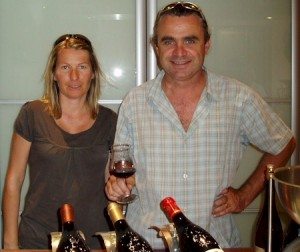
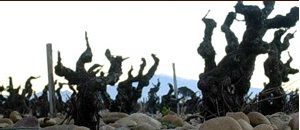
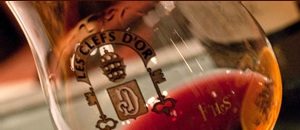
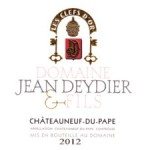
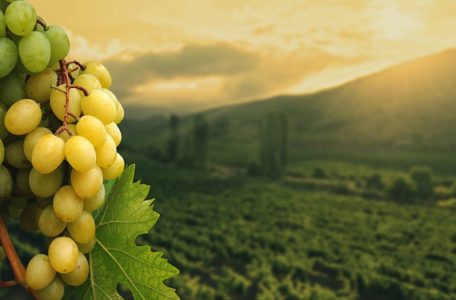
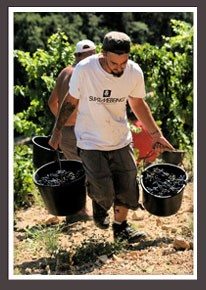 The origins of the Courbis family estate date back to the 16th century. More recently, the brothers Dominique and Laurent Courbis succeeded their father, Maurice, in the early 1990s. They have since firmly established themselves as leaders of the modern school of winemaking in St Joseph and Cornas. The Courbis style may be summarized as offering wines filled with intense aromas and concentrated fruit with great purity and length. This is in large part achieved by a combination of meticulous and sustainable vineyard work undertaken to attain perfectly ripe, healthy, concentrated grapes together with fermenting in tanks and aging in barriques. The wines emphasize the expression of fruit while highlighting the specific character of the various St-Joseph and Cornas vineyard origins.
The origins of the Courbis family estate date back to the 16th century. More recently, the brothers Dominique and Laurent Courbis succeeded their father, Maurice, in the early 1990s. They have since firmly established themselves as leaders of the modern school of winemaking in St Joseph and Cornas. The Courbis style may be summarized as offering wines filled with intense aromas and concentrated fruit with great purity and length. This is in large part achieved by a combination of meticulous and sustainable vineyard work undertaken to attain perfectly ripe, healthy, concentrated grapes together with fermenting in tanks and aging in barriques. The wines emphasize the expression of fruit while highlighting the specific character of the various St-Joseph and Cornas vineyard origins.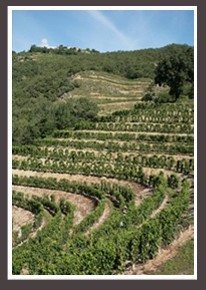 The Courbis St-Joseph Blanc derives from vines planted on a unique limestone section of the St Joseph appellation, whose soil is suited only for white grapes. It is the only St-Joseph white that comes entirely from this ideal terroir. The blend is 97% Marsanne and 3% Roussanne. The wine is fermented in tanks at low temperatures, and aged in one third in new barriques (with weekly battonage) and two thirds in tanks. It is kept on its fine lees until the Spring after the harvest to develop additional complexity. Courbis assembles and bottles the white after 10 months of maturation.
The Courbis St-Joseph Blanc derives from vines planted on a unique limestone section of the St Joseph appellation, whose soil is suited only for white grapes. It is the only St-Joseph white that comes entirely from this ideal terroir. The blend is 97% Marsanne and 3% Roussanne. The wine is fermented in tanks at low temperatures, and aged in one third in new barriques (with weekly battonage) and two thirds in tanks. It is kept on its fine lees until the Spring after the harvest to develop additional complexity. Courbis assembles and bottles the white after 10 months of maturation.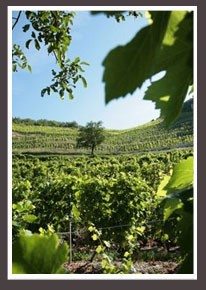 The terraced, cliff-like St-Joseph Les Royes vineyard is a spectacular “cirque” or extremely steep amphitheater. It is located at the southern limit of the St. Joseph appellation, on the border of Cornas. The exposition is to the south-east, so the amphitheater retains the heat of the day, while completely protecting the vines from northerly winds. The soil is a mixture of clay, granite, and limestone (the latter being the source of the small amount of Les Royes Blanc.) Yields are a miniscule 25 hl/ha and the vines average 30 years of age. The Syrah grapes for Les Royes Rouge are given a three week maceration period and fermented in temperature controlled stainless steel tanks. The wine is aged 100% in barrels, of which 1/3 are new; 1/3 one wine and 1/3 two wines. After 12-14 months in cask, the wine is assembled and aged for 3 additional months in tank before bottling. The St-Joseph Les Royes is a profound and complex wine with sweet black cherry-raspberry fruit, notes of minerals and smoke, and ripe tannins that give it remarkable structure.
The terraced, cliff-like St-Joseph Les Royes vineyard is a spectacular “cirque” or extremely steep amphitheater. It is located at the southern limit of the St. Joseph appellation, on the border of Cornas. The exposition is to the south-east, so the amphitheater retains the heat of the day, while completely protecting the vines from northerly winds. The soil is a mixture of clay, granite, and limestone (the latter being the source of the small amount of Les Royes Blanc.) Yields are a miniscule 25 hl/ha and the vines average 30 years of age. The Syrah grapes for Les Royes Rouge are given a three week maceration period and fermented in temperature controlled stainless steel tanks. The wine is aged 100% in barrels, of which 1/3 are new; 1/3 one wine and 1/3 two wines. After 12-14 months in cask, the wine is assembled and aged for 3 additional months in tank before bottling. The St-Joseph Les Royes is a profound and complex wine with sweet black cherry-raspberry fruit, notes of minerals and smoke, and ripe tannins that give it remarkable structure.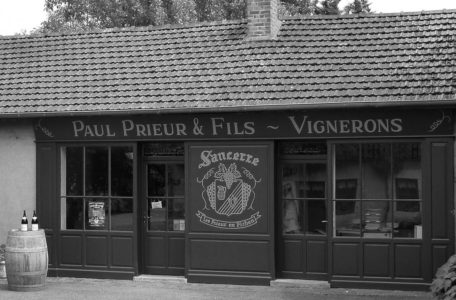
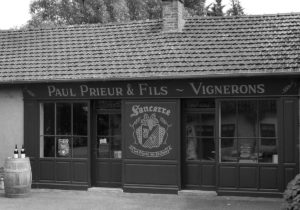
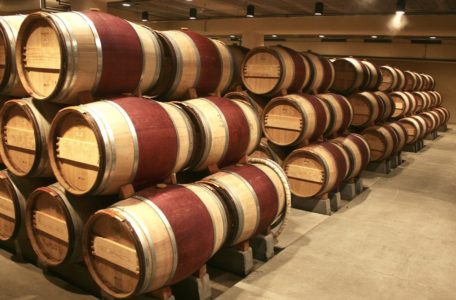
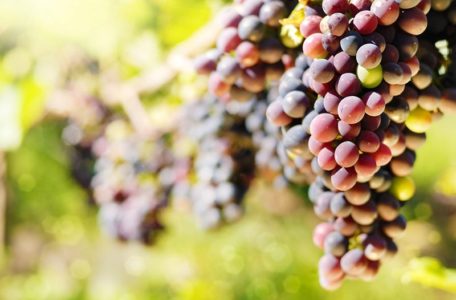
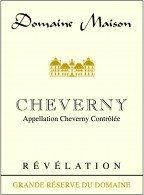
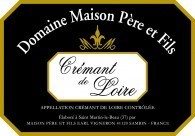
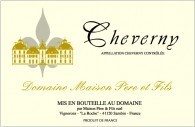
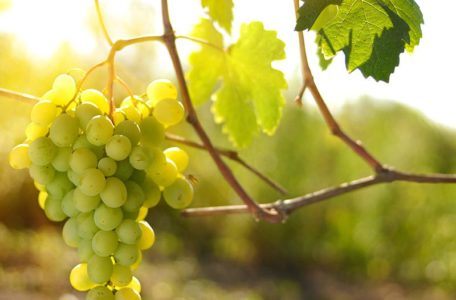
 The Jean Pabiot family estate dates back to the late 19th century. Today the domaine is run by Alain and his son Jerome Pabiot, who represent the 4th and 5th generations respectively. It covers 29 hectares of choice sites across the Pouilly Fumé appellation.
The Jean Pabiot family estate dates back to the late 19th century. Today the domaine is run by Alain and his son Jerome Pabiot, who represent the 4th and 5th generations respectively. It covers 29 hectares of choice sites across the Pouilly Fumé appellation. Domaine Jean Pabiot’s Pouilly Fumé Prestige des Fines Caillottes is winemaker Alain Pabiot’s selection of the best young wines made from his estate’s oldest vines in several vineyard parcels around the village of Les Loges. The vines are an average of 43 years of age; the youngest are 41 years of age, the oldest are 65. Les Loges has an ideal soil — a mix of limestone and clay covered with small white stones — and is the warmest part of the estate’s holdings. The Sauvignon Blanc fruit is hand-picked at optimal maturity (but not in an over-ripe state) to give a Pouilly Fumé of exceptional depth and structure. The grapes are given partial skin maceration and are gently pressed. Fermentation begins with the native yeasts in stainless steel tanks at controlled, low temperature.
Domaine Jean Pabiot’s Pouilly Fumé Prestige des Fines Caillottes is winemaker Alain Pabiot’s selection of the best young wines made from his estate’s oldest vines in several vineyard parcels around the village of Les Loges. The vines are an average of 43 years of age; the youngest are 41 years of age, the oldest are 65. Les Loges has an ideal soil — a mix of limestone and clay covered with small white stones — and is the warmest part of the estate’s holdings. The Sauvignon Blanc fruit is hand-picked at optimal maturity (but not in an over-ripe state) to give a Pouilly Fumé of exceptional depth and structure. The grapes are given partial skin maceration and are gently pressed. Fermentation begins with the native yeasts in stainless steel tanks at controlled, low temperature.